MSRP (*Base Edition)
Hybrid REEV | Sedan | 235KM
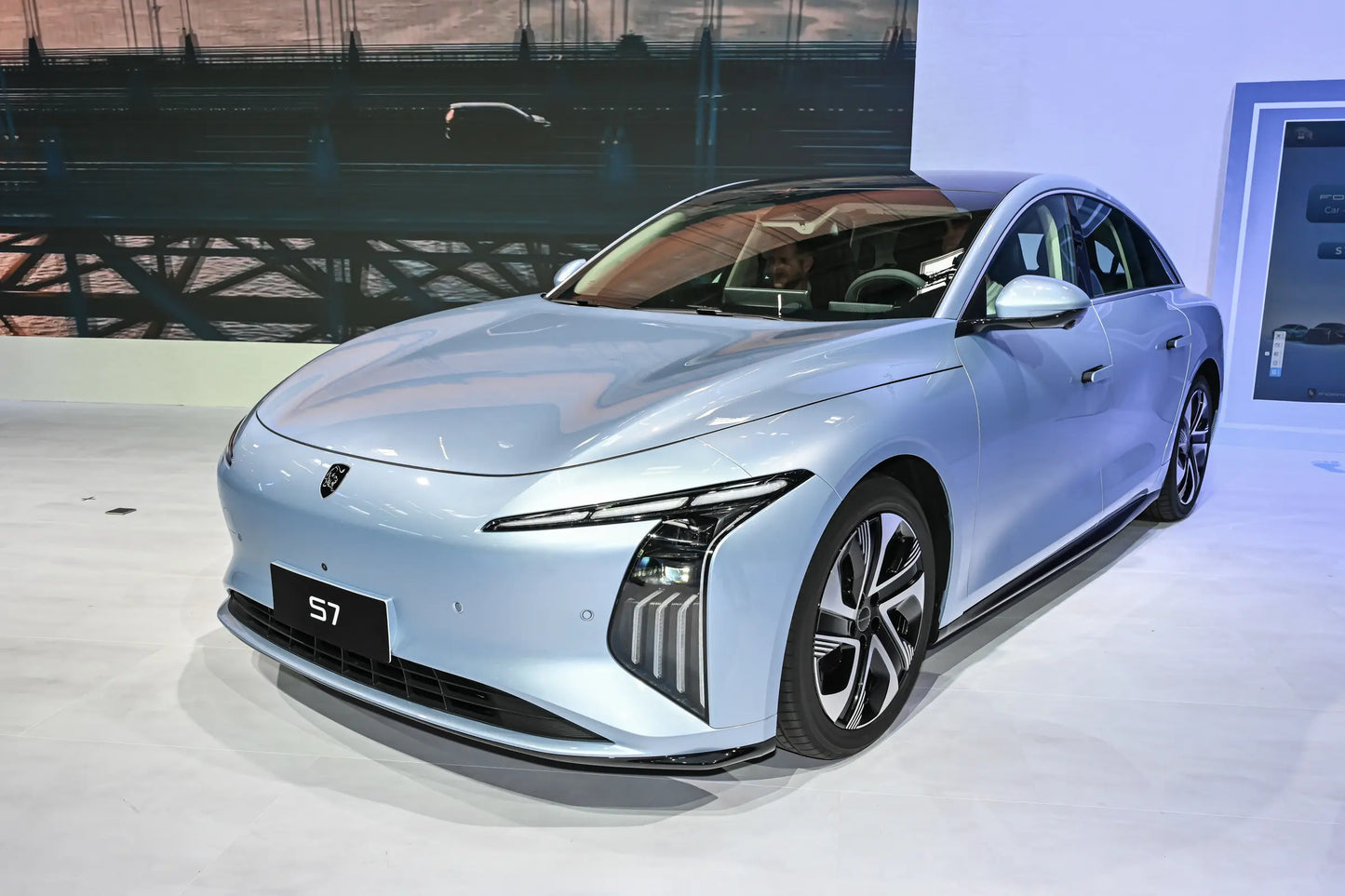
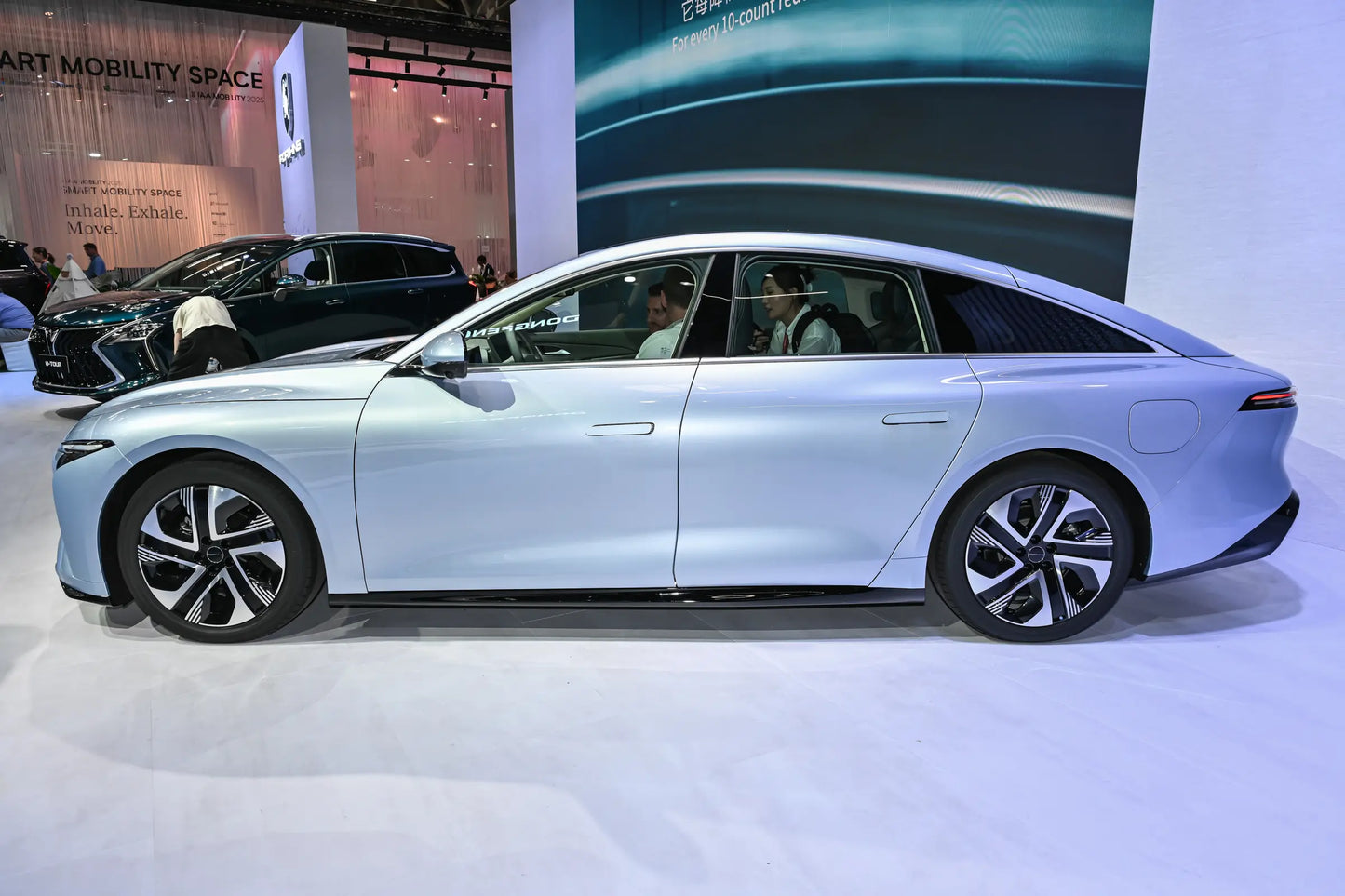
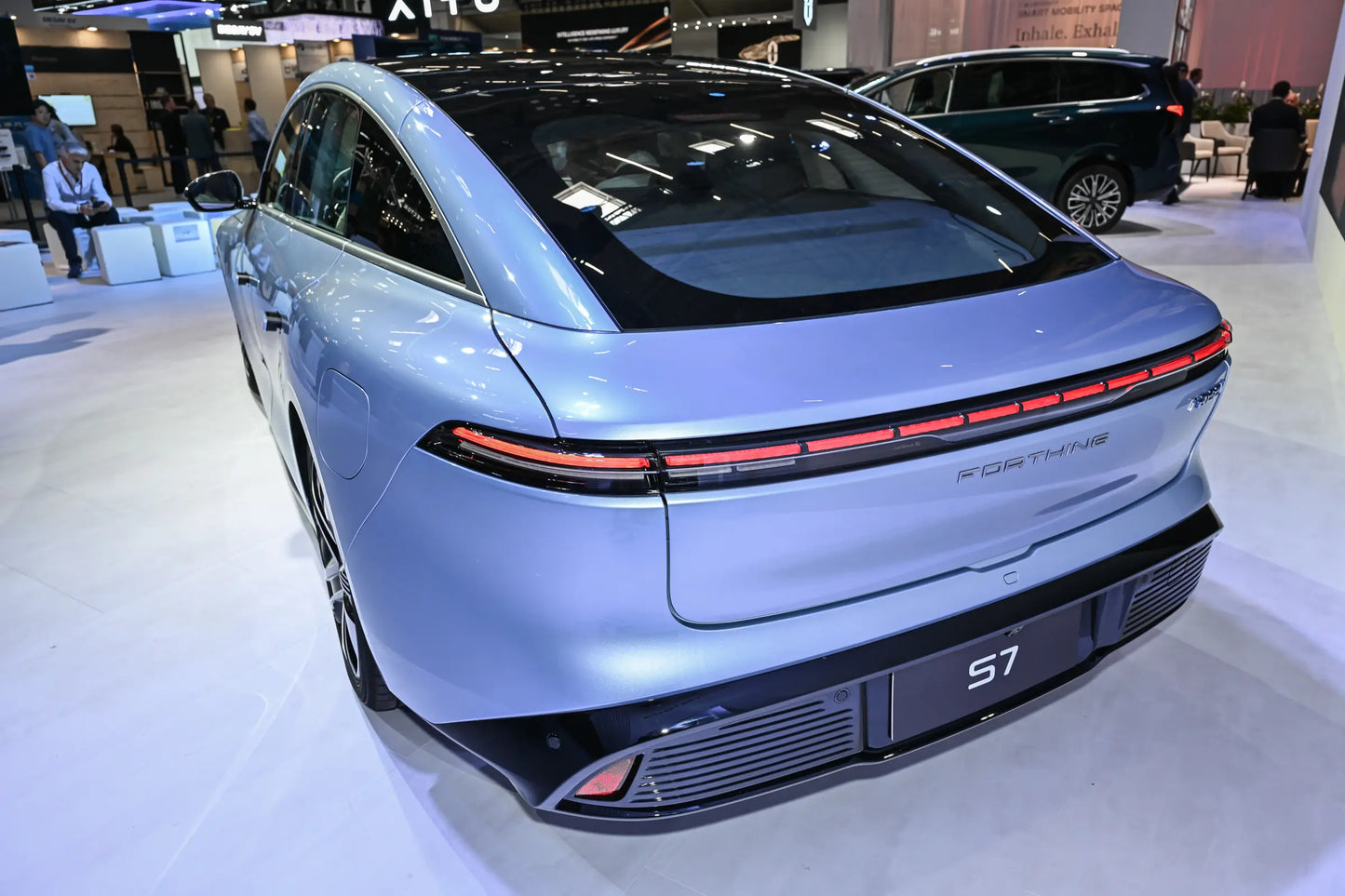
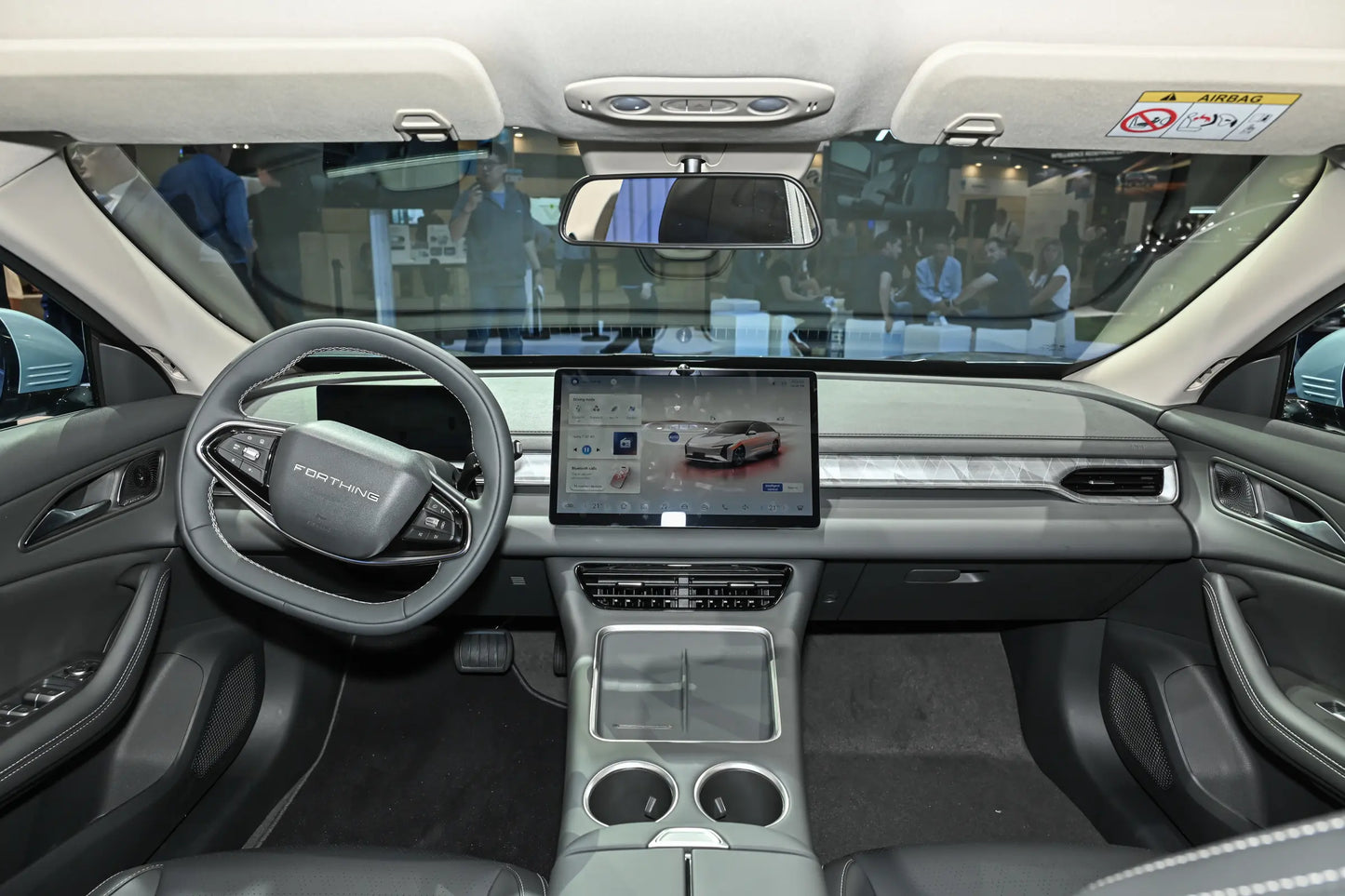
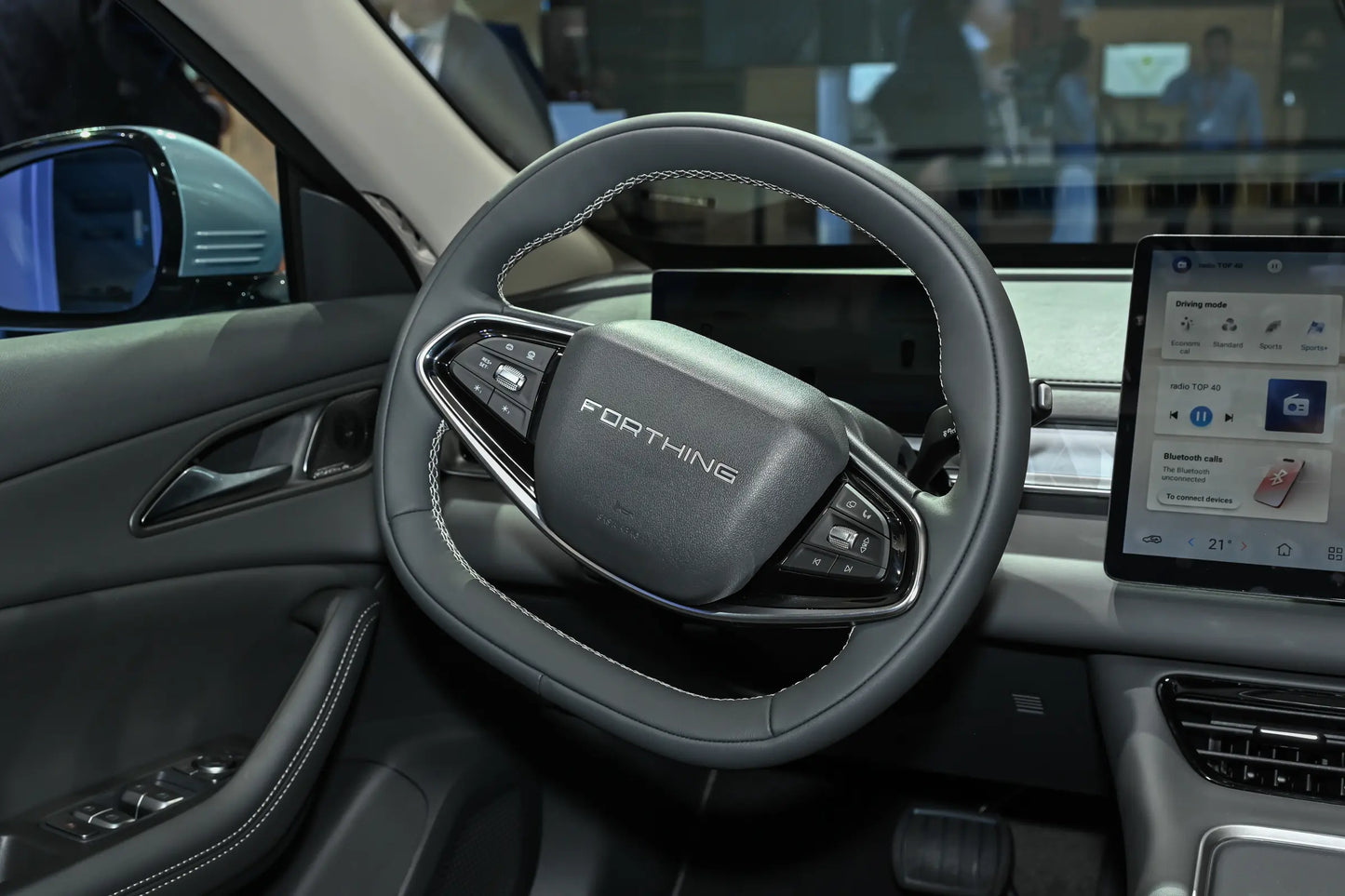

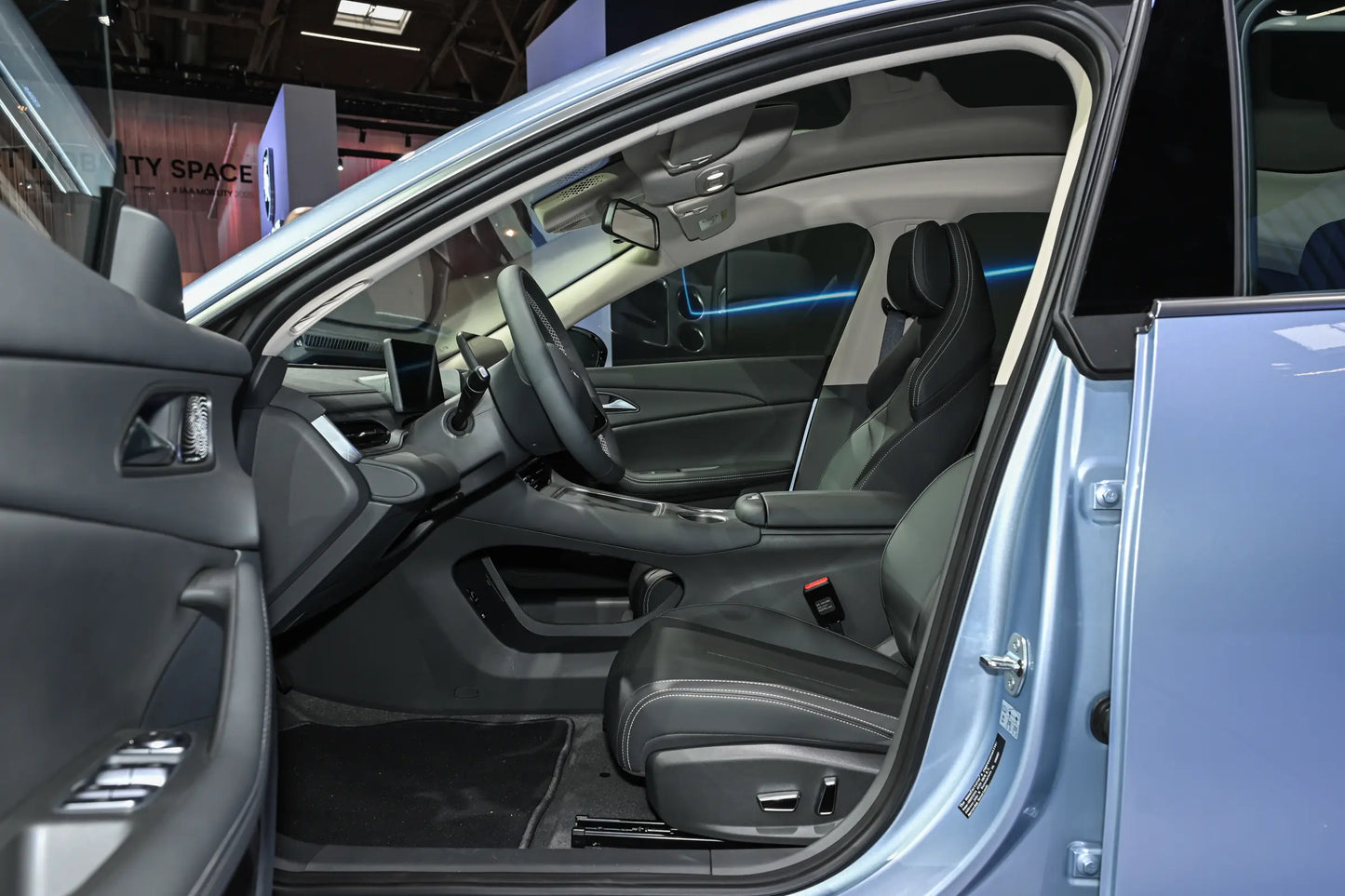
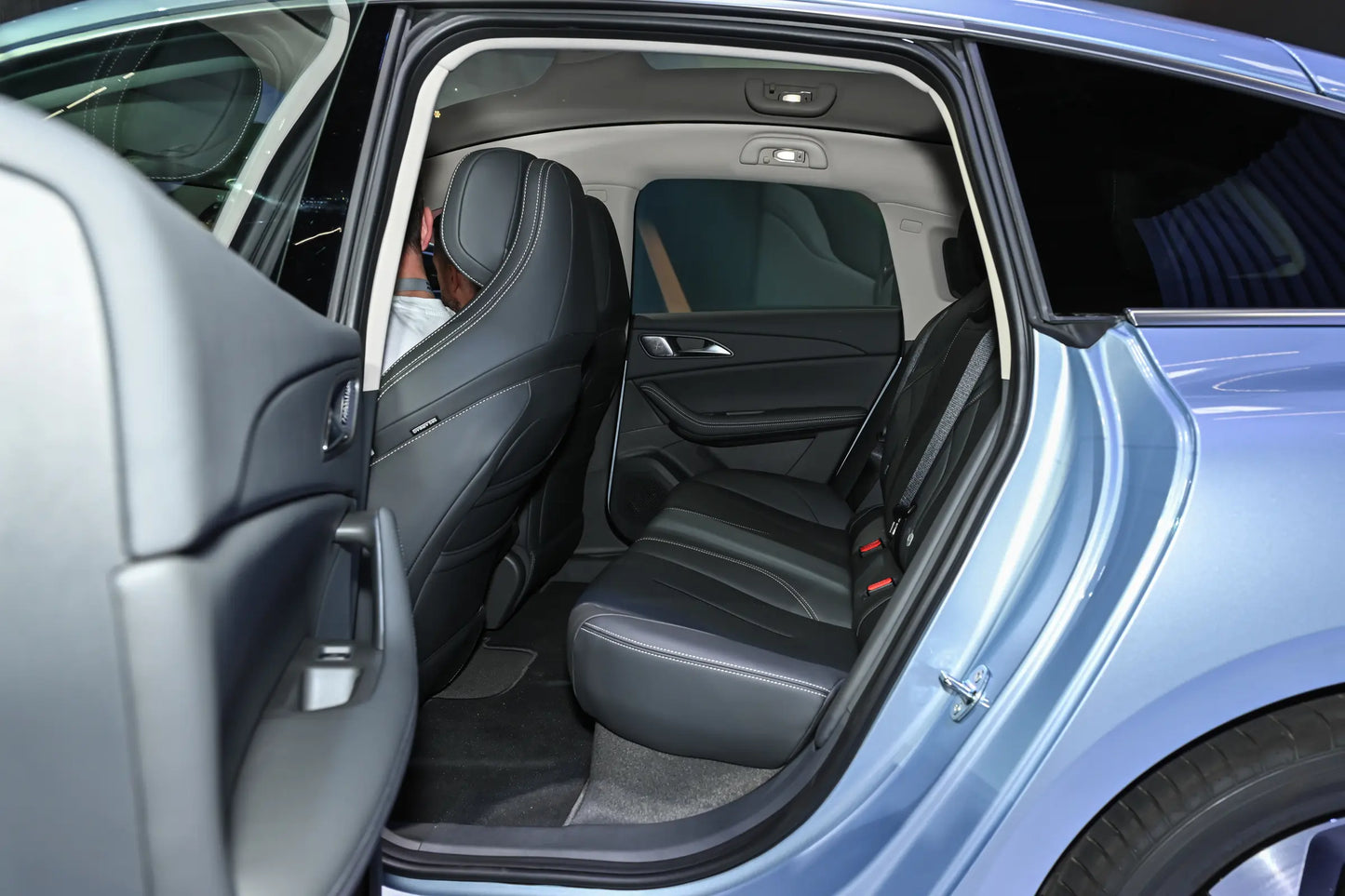
$19,485.00 USD
-
BrandDongfeng Forthing
-
Vechile ClassSedan
-
Energy TypeHybrid REEV
-
Pure Electric Range(KM)235
-
Curb Weight (kg)1810
-
Battery Typelithium iron phosphate battery
-
Total Power of Motor (KW)160
-
Maximum Power(KW)77
-
Total Torque of Motor(N・m)310
-
Maximum Torque(N・m)137
-
Length x Width x Height(mm)4935x1915x1495
-
Official 0-100km/h Acceleration Time(s)7.2
-
Power Consumption(kWh/100km)12.3
-
Equivalent Fuel Consumption (Electricity)(L/100km)1.35
-
Battery Capacity(kWh)28.4
-
MaximumSpeed(km/h)165
-
Motor Layoutrear-mounted
-
Transmissionsingle-speed transmission
-
Displacement(L)1.5
-
Intake Typenaturally aspirated
-
IDre09029
Panoramic Interiors
Video Manual
Authentic on-site shots for an immersive vehicle detail experience
Real Customer Reviews
Source: DCAR
Review A
The first car in my life accompanied our family through ups and downs for ten years. Although it wasn't a great car, it can be considered to have retired honorably after fulfilling its mission. Since the end of last year, my spouse has been telling me to trade it in. I started looking for a new car, and initially had my eye on the Leapmotor C01. However, I saw many negative reviews in the comment sections, so I also checked out the Qiyuan A07 and Yipai 007, but they all seemed similar, so I kept¹ÛÍû. It wasn't until the end of last month that I saw this Star S7 on ¶®³µµÛ, and it was love at first sight. I went for a test drive on September 2nd, and my wife was also satisfied when she saw it, so we placed an order. Due to some other reasons, I only picked up the car on the 16th, and took the opportunity to go rafting with friends during the Mid-Autumn Festival. Below, I'll share my driving experience over these 10 days on various road conditions, hoping it might be helpful to you all. The acceleration is quick, which is an advantage of electric cars. It's still very effortless to reach 140 km/h on the highway; I don't know about faster speeds, but once this car is on the highway and exceeds 110 km/h, it's not quite as good as my other 2.0T gasoline car. On the way there, the journey was 165 kilometers, with 110 kilometers on the highway. The battery dropped from 90% to 49%, and then I fully charged it in the evening. The next day on the way back, the battery showed 92% when I got on the highway. I drove 121 kilometers on the highway with the air conditioning set to 21 degrees the whole time and cruise control at 105 km/h. When I got off the highway, the battery was at 65%. Calculating from this, a full charge should allow it to run about 360 kilometers on the highway at speeds below 110 km/h. This past week, I've been using it for commuting, and the average energy consumption has dropped from 16.7 during highway driving to 10.7 now. My daily commute is 31 kilometers round trip, which uses about 6% of the battery. You can probably calculate the range from that. I personally drive quite gently, not liking sudden acceleration or hard braking, and from this, I've found that just like my old 1.5T gasoline car, this car is most energy-efficient at speeds below 80 km/h.
Review B
My experience after using the car for a month is overall very satisfying. Whether it's power output, battery range, driver assistance, voice feedback, in-car noise reduction, or chassis damping, it all performs strongly. I don't understand why so many people online complain about various issues with it. Maybe it's because it's their first car and their expectations are too high, or maybe they previously drove luxury cars and theÂä²î is too big. Whether a car is good or not depends on comparison. Personally, I feel this car outperforms my previous fuel car that cost over 100,000 yuan in all aspects; it's like a completeµõ´ò.
However, no car is perfect, so let me mention a few points I want to complain about:
1. The door opening isn't flexible enough; there's a sluggish feeling when opening.
2. The instrument panel occasionally shows a driver assistance malfunction. But even though it displays a malfunction, there's actually no problem, and it automatically returns to normal after a while. I asked the manufacturer, and they said to ignore it. I didn't take it seriously either; it doesn't affect driving at all.
3. Sometimes the voice function can't be activated by voice command, probably because it's frozen outside. If I use the button on the steering wheel to activate it, there's no problem. This issue is only temporary. After driving for a few minutes and the car warms up, the voice function returns to normal. Other pure electric cars also have such software issues, like Tesla, Xiaomi, and AITO. I personally don't think it's a big problem, and since it can recover on its own, it doesn't interfere with use or daily driving. Maybe new energy vehicles still aren't quite adapted to the icy and snowy conditions of Northeast China.
Let me elaborate on the winter range of this car in Harbin: I picked up the car on November 25th; it was sleeting that day. On the 26th, I went to register the license plate, and it was a freezing rain day. After that, the temperature has been below -10 degrees Celsius, and now the minimum temperature in Harbin is -25 degrees Celsius. My usage environment is: park outdoors during the day for work, park in the underground garage when I get home from work. My commute is 70 kilometers round trip, with defogging and heating on the whole time. I turn on the heating and seat warmers 10 minutes in advance when using the car outdoors. Occasionally, I go to relatives' houses and park outdoors overnight. I use ECO driving mode with low regenerative braking. Under these conditions: if I park in the underground garage at night, a full charge with a range of 555 km can actually run about 200 km. If the car is parked outdoors overnight, the range is severely reduced; a full charge can only run about 120 km. One weekend, I went to a relative's house and parked outdoors overnight. The next day, I drove home with 0% remaining battery, having driven a total of 124 km. I almost got stranded right outside my door. However, when I recharged it fully, only 47 kWh was needed. The Xinghai S7 has a battery capacity of 57 kWh, which shows that in cold weather, even if there's electricity in the battery, it can't be used and can only be activated when the temperature rises. There's no way around it; the battery is indeed greatly affected by temperature. But it's about what I expected and completely acceptable. Before buying the car, I checked the winter range of other models. Compared to famous cars like Tesla, Xiaomi SU7, and AITO, the Xinghai S7's range performance is quite excellent. Besides, I don't drive long distances, and charging at home in the urban area is very convenient. If you drive an electric car in Northeast China in winter, you must have your own underground garage and home charging. Otherwise, not only won't you save money, but both you and the car will suffer. Charging outside is not only more expensive, but the charging loss is also very large in cold weather; at least 10% of the electricity is a waste of money. Charging at home in the garage has almost no loss, and during off-peak hours, it's only 0.26 yuan per kWh. So even with the severely reduced range, it costs less than 0.1 yuan per kilometer. I've been driving it for nearly a month, averaging 0.09 yuan per kilometer. When spring comes and the range improves, it will probably cost around 0.05 yuan per kilometer.
Review C
First of all, the appearance is really impeccable, top-notch in looks, handsome for a lifetime! The interior is quite standard, simple with not too many decorations, which I really like. I chose the mid-range configuration, which feels sufficient and is the most worth buying version. The only dissatisfaction is the sound effect, which is indeed quite average. The space performance is good, but the rear row may be a bit short, which is a common issue with the fastback design; some space is sacrificed for good looks. In terms of range, when driving at 120km/h on highways, the range basically decreases by 30% to 40%, with electricity consumption over 16 kWh per 100 kilometers. In urban areas, the electricity consumption is basically below 11 kWh per 100 kilometers, which is satisfactory. The intelligence can be considered basically passing; adaptive cruise control works well on highways. Don't talk about autonomous driving at this price; anyway, L2 level is already sufficient. The overall driving experience is satisfactory. The tire noise is not as serious as they say; it mainly depends on the road conditions: on cement roads, any car has loud tire noise, while on asphalt roads, it is very quiet. Anyway, when driving at 120km/h on newly built highway sections, there is basically no noise. So overall, road conditions determine the level of tire noise more.










